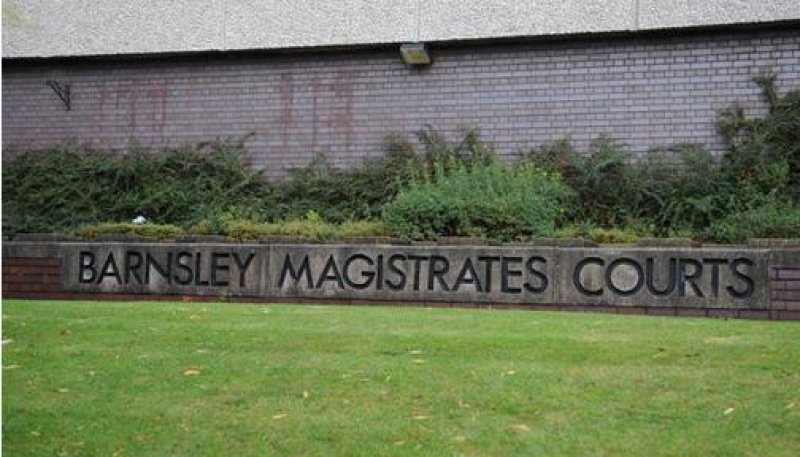THOUSANDS more patients have been left waiting weeks for routine treatment at Barnsley Hospital – also battling to keep its busy emergency department running – due to the knock-on effects of the pandemic.
Waiting lists for non-urgent elective operations and treatment have continued to dwarf pre-pandemic figures – with the latest NHS statistics showing 17,060 were still waiting at the end of April after being referred.
The number of patients has snowballed this year from 15,863 in March, which was a rise from January’s 14,349 and February’s 14,922.
In April, 62 patients had been waiting for longer than a year – a reduction of seven from 69 in February.
The latest figures also show 3,334 - 20 per cent – of patients had received a clinical decision to admit them to a ward.
Pre-pandemic, in March 2020, there were 11,609 people waiting to start treatment – but doctors were able to reduce this to 10,073 by April of last year.
Last June, as restrictions began to be lifted, waiting times were cut to six weeks, although there were still 10,830 on the list.
The average waiting time has risen to around seven weeks throughout this year, but this is shorter than during the pandemic’s peak when patients could expect an eight-week wait.
Last week, the Chronicle revealed the hospital’s accident and emergency department is becoming stretched to breaking point with thousands of people facing waits of longer than four hours to be seen.
As of April, 3,109 of 8,439 patients - 36.8 per cent – spent more than four hours from arrival to admission, transfer or discharge.
The month prior, 9,021 people were seen and 3,176 – 35.2 per cent – waited for four hours or more. A year earlier, 1,420 of 8,155 – 17.3 per cent – waited for four hours.
Last June, the highest number of people in more than a year went through the doors of A and E, at 9,920, of which 3,075 waited for more than four hours.
A Barnsley Hospital spokesperson said: “Due to the pandemic, many people didn’t come forward for treatment during 2020 and 2021 and GP referrals to the hospital were over 15 per cent less than previous years.
“Since April this year we have seen an increase in referrals taking us back to pre-pandemic levels.
“We are working with our clinical teams to meet this increased demand, including prioritising those patients with an urgent need.
“We continue to offer telephone or virtual appointments alongside face-to-face appointments. The number of people not attending their appointments has increased, with up to one in ten appointments wasted.”
At the hospital, 2,439 patients were waiting for one of eight standard tests, such as an MRI scan, non-obstetric ultrasound or gastroscopy in April. Of them, 400 – 16 per cent – had been waiting for at least six weeks.
“We are working hard to improve cancellation and rebooking processes, text messaging, patient letters and the experience when using our services,” added the spokesperson.
“We would encourage all outpatients to please attend their appointments.”

















